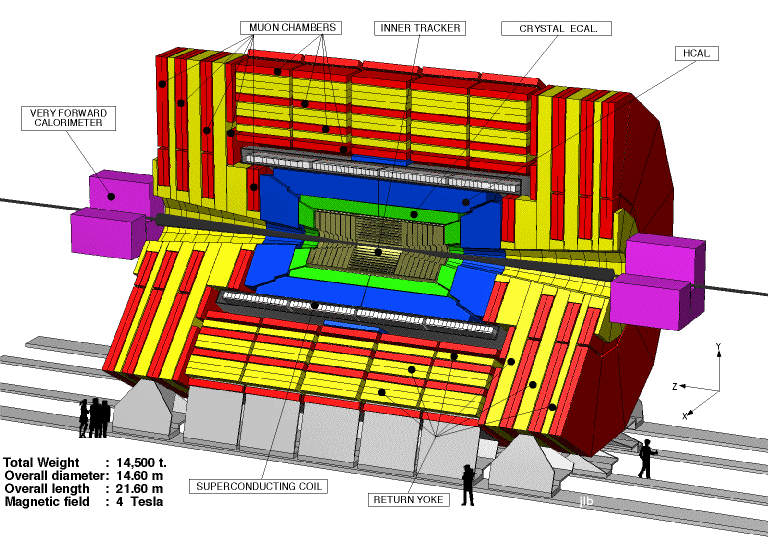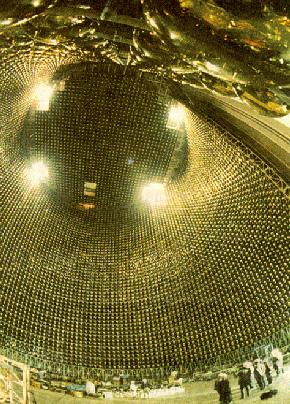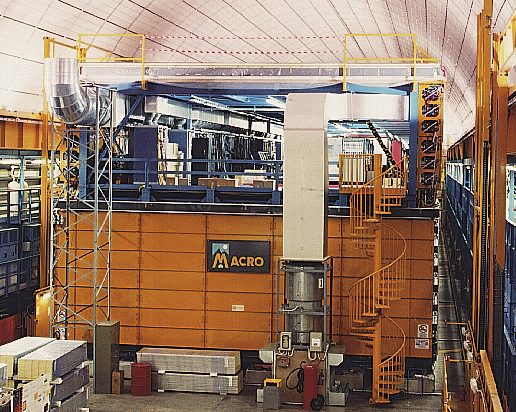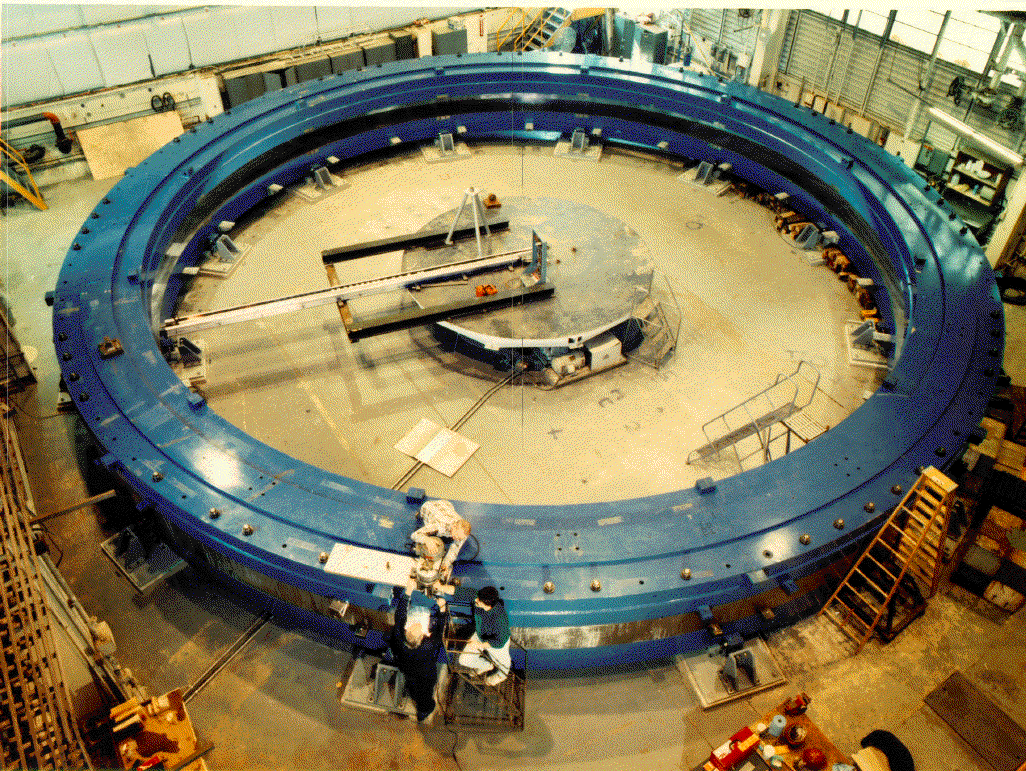The CMS Project: We propose to build a general purpose detector designed to run at the highest luminosity at theLHC. The CMS (Compact Muon Solenoid) detector has been optimized or the search of the SM Higgs boson over a mass range from 90 GeV to 1 TeV, but it also allows detection of a wide range of possible signatures from alternative electro-weak symmetry breaking mechanisms. CMS is also well adapted for the study of top, beauty and tau physics at lower luminosities and will cover several important aspects of the heavy ion physics programme. We have chosen to identify and measure muons, photons and electrons with high precision. The energy resolution for the above particles will be better than 1% at 100 GeV. At the core of the CMS detector sits a large superconducting solenoid generating a uniform magnetic field of 4 T. The choice of a strong magnetic field leads to a compact design for the muon spectrometer without compromising the momentum resolution up to rapidities of 2.5. The inner tracking system will measure all high pt charged tracks with a momentum precision of Delta(p)/p ~ 0.1 pt (pt in TeV) in the range |eta| < 2.5. A high resolution chrystal electromagnetic calorimeter, designed to detect the two photon decay of an intermediate mass Higgs, is located inside the coil. Hermetic hadronic calorimeters surround the intersection region up to |eta| = 4.7 allowing tagging of forward jets and measurement of missing transverse energy.




